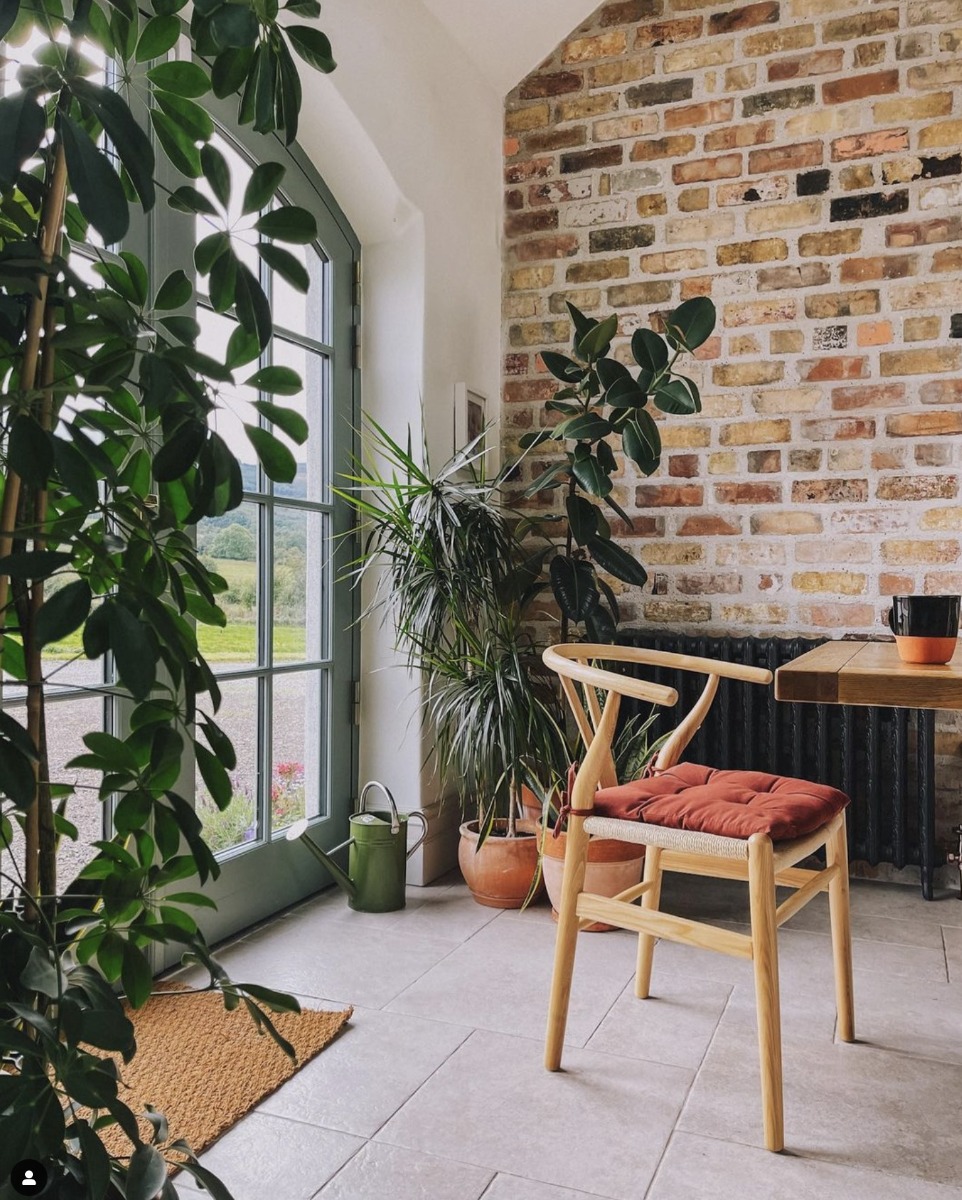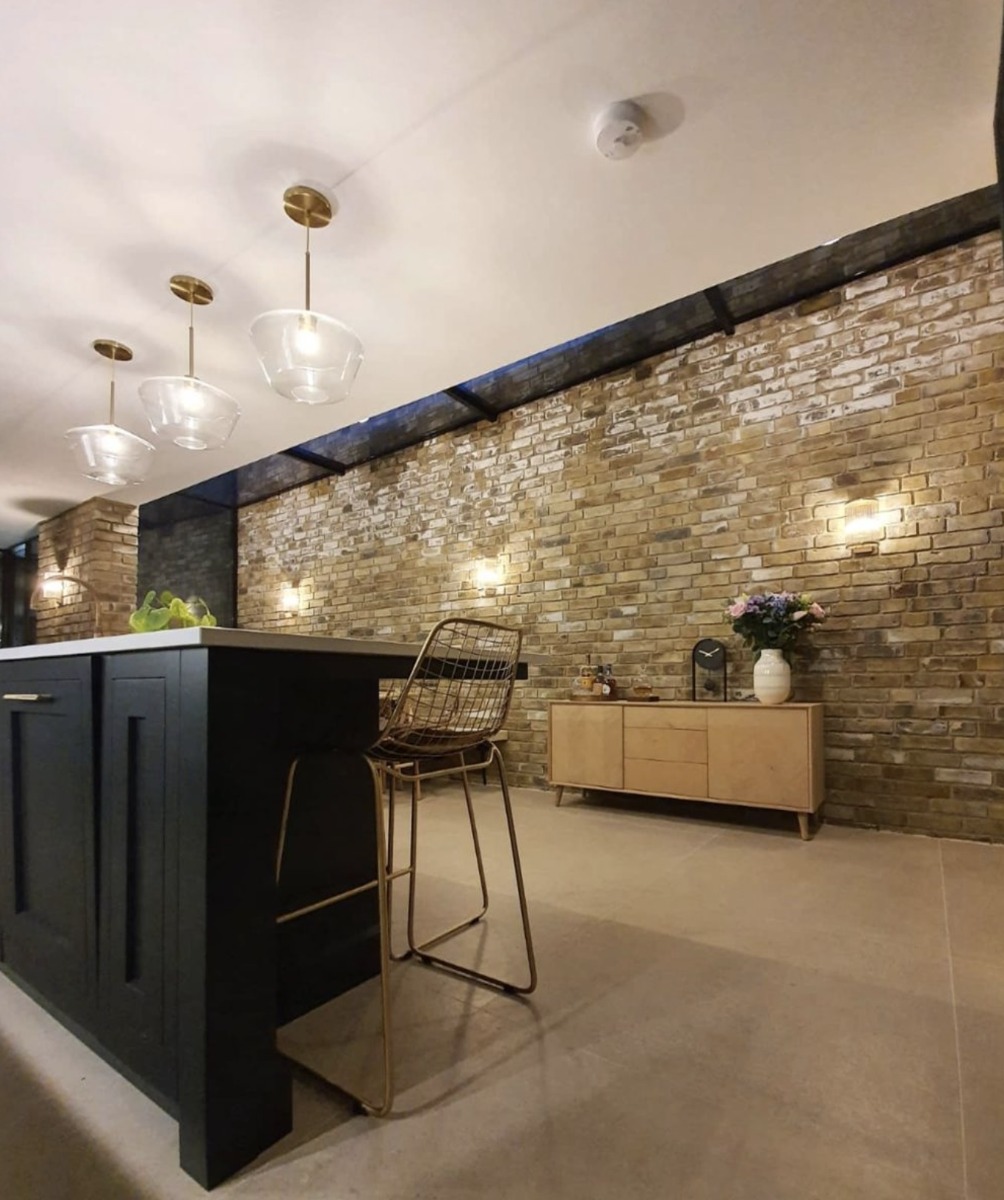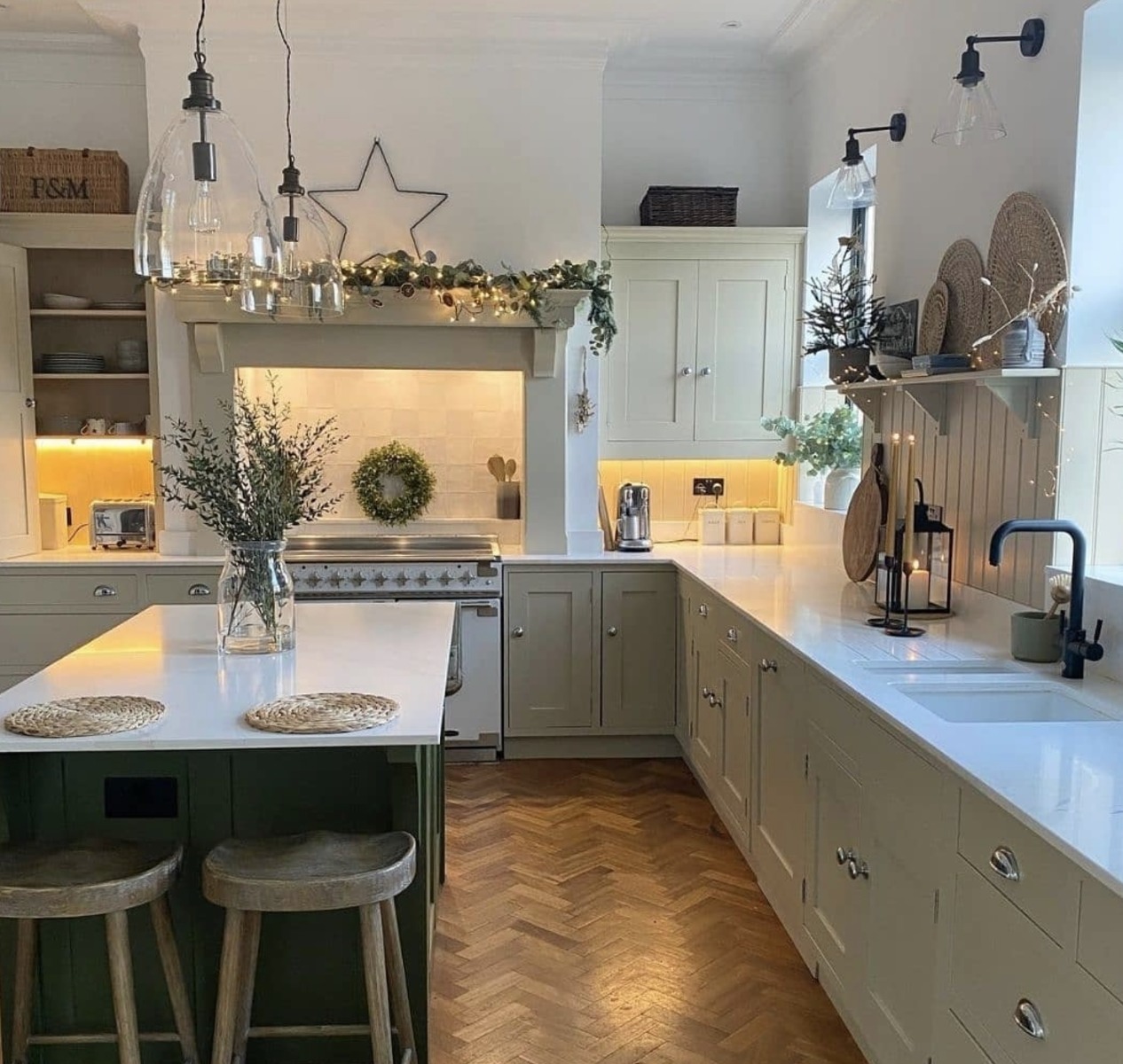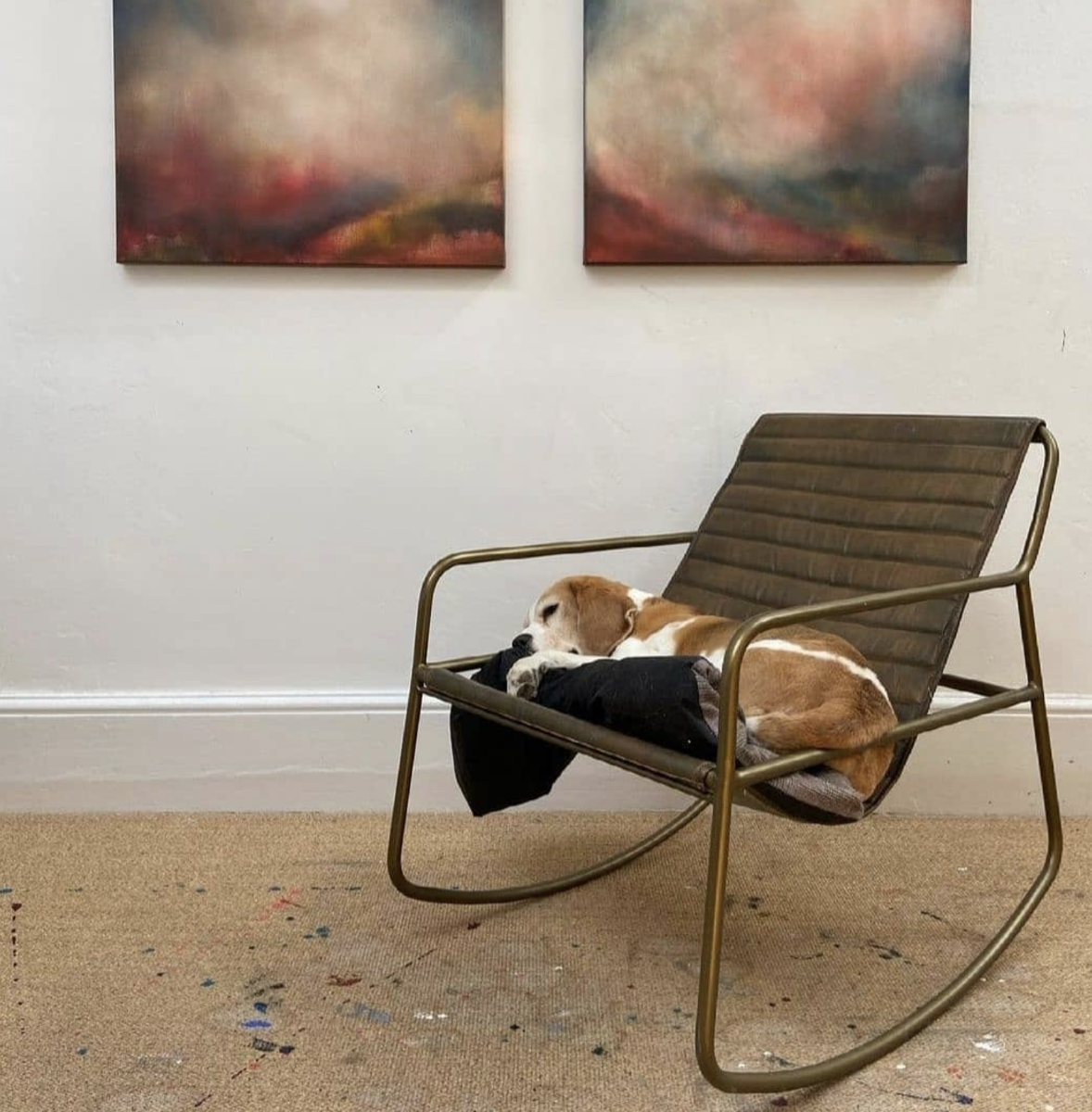
Level Up Your Urban Home With Industrial Style: 10 Key Elements To Keep In Mind
Lusting after that SoHo loft space? Got a thing for engineering parts and pieces? Whatever your kink, the urban industrial aesthetic is guaranteed to appeal. Judging from popular interior styles and the wood and metal buying boom, it’s clear that this timeless trend is here to stay. Made desirable by series’ such as Gossip Girl, this eclectic design theme was a true turning point in
interior design - rather than reaching for something shiny and pristine, industrial abodes are all about reclaiming old, intriguing features and stripping back fussy facades to reveal elements of distressed natural wood, stone and metal. So, what exactly is this style, and how can you go about introducing it into your own private paradise? We explore our 10 key industrial elements below.
What is industrial interior style?
The industrial interior style takes back the buildings, textures and materials that were constructed in the late eighteenth and early nineteenth centuries, but thankfully without the child labour and 16-hour work days. Think huge warehouses with vaulted ceilings, crittal glass windows and expanses of exposed brick. In the present day, the trend itself can be channelled through staples such as vintage storage lockers, rustic leather armchairs, natural wood pieces and impressive, expansive dining tables with metal legs.

The holy industrial trifecta: Exposed brick, a vintage radiator and the Wishbone Dining Chair.
10 Tips to help you nail the industrial aesthetic
Fear not - you don’t need to sell up and relocate to an old factory, or remortgage your house just to afford crittal windows, you can just follow our top 10 tips below to achieve the perfect industrial aesthetic.
1: Stripped-back, exposed features work well
If you’re lucky enough to live in an older building or one that has its own original quirks, you can create an industrial mood by bringing attention to any walls of exposed brick and stripping back boxing to reveal things like copper pipes and air ducts. (Just be sure to consult your electrician/plumber/friendly local DIY-man before taking a crowbar to your home.)

Photo: @thelondonsemi. Bar Stool: Wire Bar Stool
2: Combine old, eclectic pieces with shiny new staples
If you peruse any industrial Pinterest board (check out one of ours here,) you’ll see that most interior spaces are furnished with a blend of both old and new pieces. This could mean that you decorate your space with a 50/50 split of vintage charity shop finds alongside designer industrial style furniture. Great for both the planet and the wallet, that’s Where Sustainable Saints Go.
3: Take the rough with the smooth & mix your textures
Throughout the 50s, the abandoned lofts and warehouses of the industrial revolution became bases for artists and creatives to call home or showcase their work, which is why this vintage aesthetic is closely intertwined with art and texture. This important relationship with creative thinking means that no industrial-inspired home is complete without a mixture of both rough and smooth surfaces. Think swathes of metal, chunky pieces of distressed wood and seats of worn eather with the perfect patina. Another key thing to consider is what art is suited to industrial spaces - we love bold typographic prints and wallpaper like this clever copper one.
4: Make it cosy and comfortable with farmhouse features
If you’re not looking to go all-out urban, or if your home wouldn't quite work with it, you can still make it work by merging industrial with farmhouse trends. It might seem as if these two are polar opposites, but the authentic, reclaimed theme of industrial works well alongside rustic decor, and the two share a mutual need for natural wood. Easy crossover pieces include these stunning weathered oak bar stools and this Acacia dining table with a metal base.

Photo: @jillylizzyinteriors Bar Stools: Shaker Bar Stool
5: Don’t shy away from bold, colourful pieces
As we mentioned above, the original inhabitants of these industrial spaces were often artists and other creative types. That means you can use playful pops of colour to add vibrancy and prevent your interior being one big blur of brown and grey. If you’d prefer to keep your core pieces timeless and tasteful, you can inject colour via luxury home accessories such as this statement green Parrot Table Lamp.
6: Add houseplants for gorgeous greenery
No house is a home without plants. Breathe life into your urban abode with hanging plants, potted plants and tabletop succulents. Adding texture and cleaning out toxins, plants are also great company and don’t talk too much. Not ready for that level of commitment? Rather not deal with weekly watering and dramatic deaths? Get the same aesthetic with our range of artificial plants.
7: Soften hard industrial spaces with playful, fluffy textures
We get it, all that wood and metal might feel a bit too masculine. If you’re looking to tone down the testosterone, do it in style with a Velvet Greek Bust, a Mongolian Fur Footstool or even a luxurious feather lamp that looks like a bird.
8: Open-plan living works well with industrial styles
One of the golden rules of industrial interior design is keeping it open and airy, with larger spaces providing an ideal environment. If you happen to live in a cottage - make use of exposed beams and any original tile flooring to tap into a more urban aesthetic.
9: Elements of wood and metal are key
From OSB to oak, and aluminium to alloy, wood and metal are key components in making the industrial aesthetic happen. Whatever your budget, you should be able to introduce these into certain areas. Carefully curated by interior experts here at Where Saints Go, our collection of industrial vintage furniture pieces can help you bring your vision to life.
10: Source special one-offs in charity shops & at auctions
Crafting the ultimate urban abode needn’t blow the bank - you can often source special one-off pieces in local charity shops and at auctions by keeping your beady eyes on the lookout. Alternatively, rather than relying on chance encounters and fleeting Facebook finds, you can invest in high-quality, artisan assembled pieces that will last several lifetimes.

Photo: @byrebeccamorris Chair: The Rocker. Please note: Dog (sadly) not included.
In conclusion: Mix old with new, maximise existing features & don’t be afraid to add a little eclectic
In conclusion, those wondering how to design an industrial home should keep in mind the
following things:
● Mix the old with the new
● Make the most of old, quirky features
● Expose. That. Brick.
● Add colourful, artistic touches
● Source your statement pieces from really friendly industrial vintage experts
